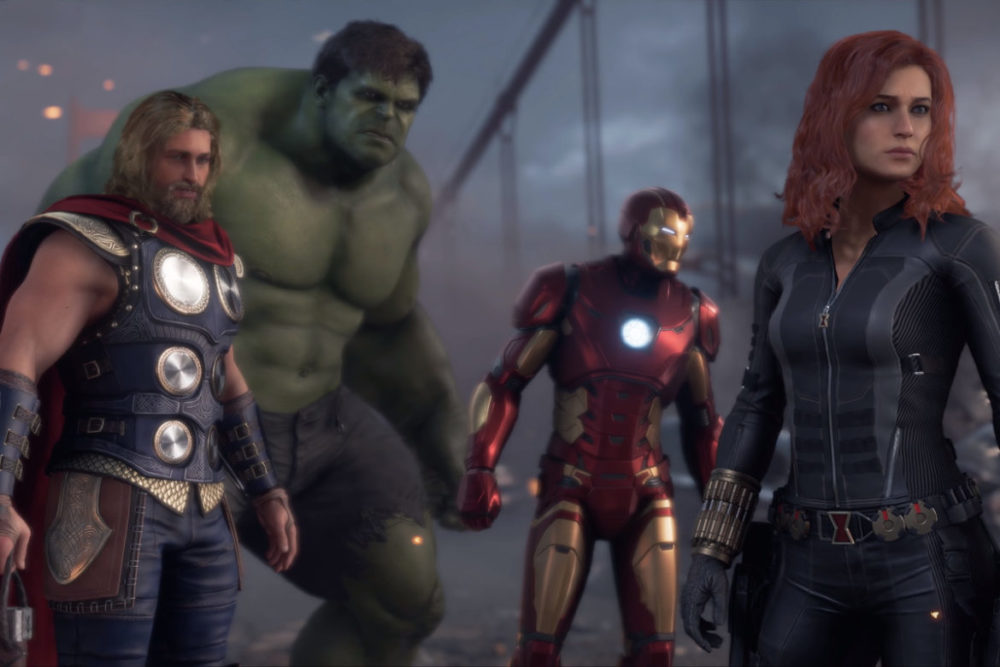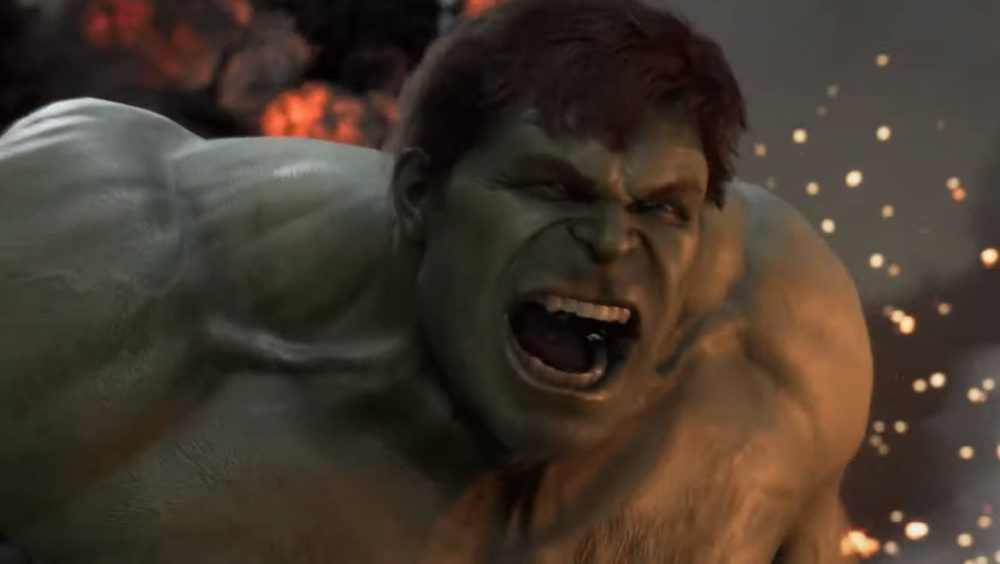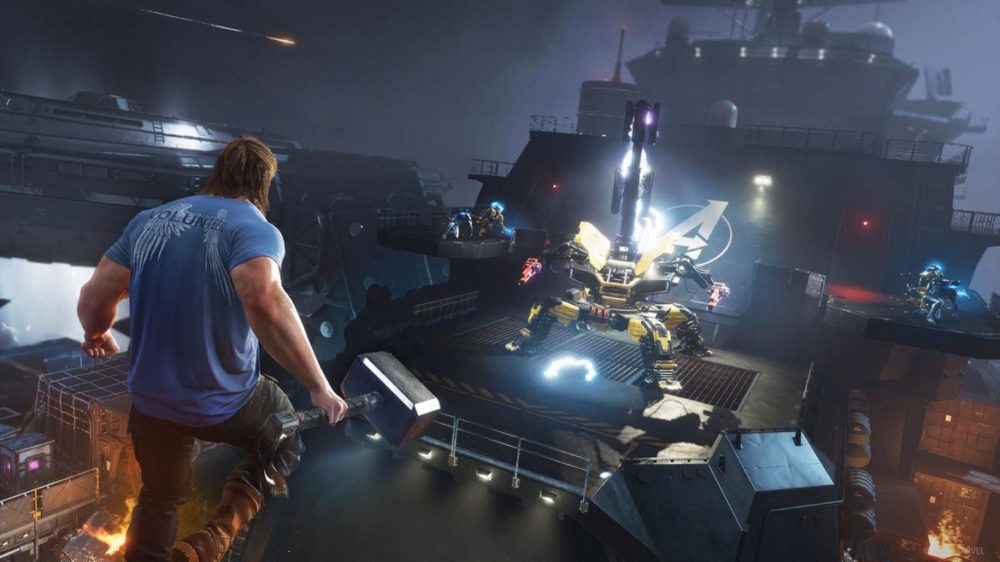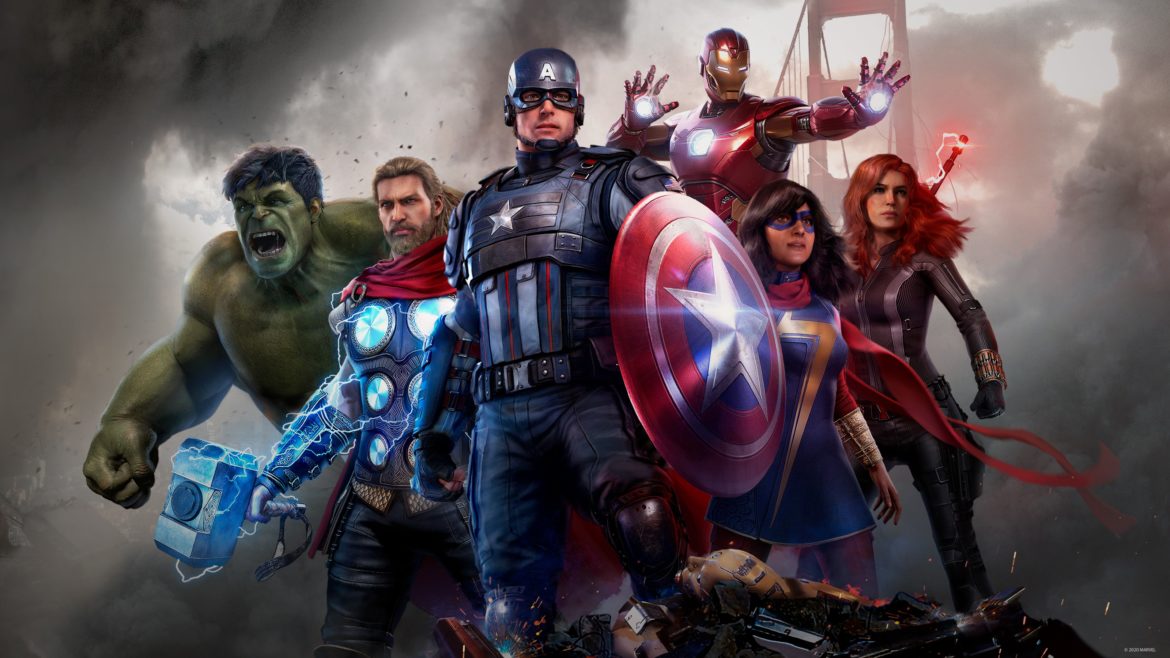TL;DR
Marvel's Avengers is a mixed bag, offering an enjoyable but somewhat uninspired single-player campaign led by Ms. Marvel, alongside chaotic multiplayer action. While the core concept shows promise, the game suffers from inconsistent presentation, dated visuals in places (especially hair rendering), and frustratingly long loading times. Gameplay is functional but lacks the polish of its superhero contemporaries, feeling like a missed opportunity to truly soar. Despite its flaws, it's an adequate experience for fans, especially at a discount, but don't expect a groundbreaking adventure. Want to know if it's worth suiting up for? Dive into the full review!
When reports surfaced that Square Enix had entrusted Crystal Dynamics (renowned for the recent Tomb Raider trilogy) with developing an action-adventure title based on Marvel’s Avengers, anticipation within the comic book community was palpable. However, the initial visual assets tempered expectations, as the game’s graphics appeared somewhat dated. Following the open beta, previewed by Henric, opinions remained divided. The final release of Marvel’s Avengers presents a mixed experience, neither reaching its full potential nor falling into complete failure.

The game structure incorporates both a single-player campaign and a multiplayer online mode. To avoid narrative spoilers, engaging with the multiplayer component is best reserved until after completing the main storyline. The campaign primarily follows Kamala Khan, a Pakistani-American Marvel enthusiast from New Jersey (reflecting her creator’s background). Invited to an Avengers fan event, she gains superpowers, transforming into Ms. Marvel, whose abilities include a malleable physique and enlarged hands reminiscent of Elastigirl from The Incredibles. Concurrent with her origin story, which also serves as an extended tutorial, players assume control of core Avengers members: Captain America, Black Widow, Hulk, Thor, and Iron Man.
The multiplayer experience is intense and frequently devolves into chaos. It supports both matchmaking and private lobbies (preventing duplicate hero selections). Success hinges on balancing offensive and defensive strategies, alongside prioritizing the revival of fallen teammates. While the core concept is sound, many missions result in being overwhelmed by sheer enemy numbers, disrupting tactical approaches.

Players familiar with the beta version will find the initial single-player mission largely unchanged. The gameplay consists primarily of action-adventure elements, with button-mashing combat and the accumulation of special attack energy. The differentiation of hero abilities and combat styles is functional, though somewhat generic. Kamala’s sequences evoke similarities to Sucker Punch’s Infamous: Second Son and Insomniac’s critically acclaimed Spider-Man on PS4 (perhaps the definitive superhero game), without achieving the same level of refinement and polish.
From a presentation standpoint, Marvel’s Avengers exhibits inconsistencies. Performance testing during the beta phase revealed superior results on Xbox One X compared to PS4 Pro. Certain elements, such as Hulk’s character model, shadows, environments, and textures, are visually impressive in select sequences, while others appear underwhelming and lacking detail. Crystal Dynamics’ historical difficulty with realistic hair rendering, previously observed in the Tomb Raider series, persists here. In its worst instances, the hair models resemble the graphical issues present in Ubisoft’s problematic Assassin’s Creed: Unity or Greedfall, where hair appeared as unnatural, straw-like strands. On Xbox One X, users can select between 4K resolution or a higher frame rate (targeting 60 fps, though frame rate drops occur). The latter is recommended, as it significantly enhances immersion and enjoyment compared to the marginal visual improvements offered by 4K at a locked 30 fps. The arrival of the next console generation is timely. We plan to revisit Marvel’s Avengers upon receiving an Xbox Series X, as Square Enix has committed to providing free upgrades for next-generation consoles (both PS5 and XBSX).

The sound design is generally well-executed. The voice acting is commendable, with veterans Troy Baker and Nolan North lending their talents to individual Avengers. Travis Willingham delivers a near-perfect imitation of Chris Hemsworth in his portrayal of Thor.
A significant drawback is the excessively long loading times, even when using an SSD. Restarting from a checkpoint after death can take up to 30 seconds, which is unacceptable. Furthermore, the game is affected by various bugs, suggesting that additional development time would have been beneficial. The game’s monetization model, involving microtransactions, has also drawn criticism. While all content can be unlocked through gameplay, it requires a considerable time investment. Even if not a dealbreaker for everyone, this system is likely to alienate players who feel compelled to unlock all available content. Players should be aware that Avengers adopts a games-as-a-service approach.

Despite being a more recent release than the Tomb Raider titles from Crystal Dynamics, Marvel’s Avengers feels somewhat dated and unrefined. The controls are functional but lack precision, diminishing the enjoyment of flying and platforming segments. This inconsistency pervades Marvel’s Avengers as a whole. While not a poor game, its unevenness and generic elements prevent it from reaching its true potential.
Future updates, patches, and performance optimizations may enable the game to realize its full potential. The single-player mode offers an enjoyable, moderately lengthy experience (approximately twelve hours). However, it is difficult to dismiss the impression that this is a somewhat uninspired attempt to capitalize on a beloved franchise through a games-as-a-service model, lacking the time or ambition required to create a truly exceptional game. It provides adequate entertainment for fans of the genre, particularly at a reduced price point. However, it falls short of the standards set by titles like Spider-Man or even Tomb Raider.
